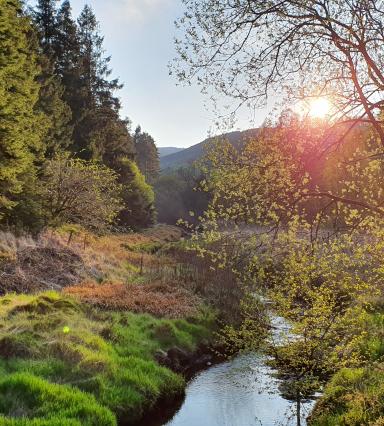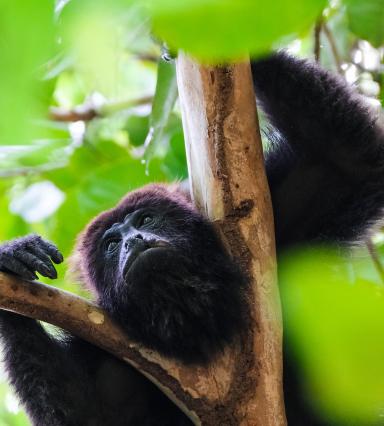
Why the FSC label matters for forests, people, and wildlife
This short video from WWF highlights the importance of responsible forest management.
Principles for responsible forest management
Our standards for forest management are based on internationally agreed principles and criteria. Our principles require organisations seeking certification to:

-
Principle 1
Comply with all applicable laws, regulations and nationally ratified international treaties, conventions and agreements. More information on Principle 1
-
Principle 2
Maintain or enhance the social and economic wellbeing of workers. More information on Principle 2
-
Principle 3
Identify and uphold Indigenous Peoples’ legal and customary rights of ownership, use and management of land, territories and resources affected by management activities. More information on Principle 3
-
Principle 4
Contribute to maintaining or enhancing the social and economic wellbeing of local communities. More information on Principle 4
-
Principle 5
Efficiently manage the range of multiple products and services of the Management Unit to maintain or enhance long term economic viability and the range of environmental and social benefits. More information on Principle 5
-
Principle 6
Maintain, conserve and/or restore ecosystem services and environmental values of the Management Unit, and shall avoid, repair or mitigate negative environmental impacts. More information on Principle 6
-
Principle 7
Have a management plan consistent with policies and objectives and proportionate to scale, intensity and risks of its management activities. The management plan shall be implemented and kept up to date based on monitoring information in order to promote adaptive management. The associated planning and procedural documentation shall be sufficient to guide staff, inform affected stakeholders and interested stakeholders and to justify management decisions. More information on Principle 7
-
Principle 8
Demonstrate that, progress towards achieving the management objectives, the impacts of management activities and the condition of the Management Unit, are monitored and evaluated proportionate to the scale, intensity and risk of management activities, in order to implement adaptive management. More information on Principle 8
-
Principle 9
Maintain and/or enhance the High Conservation Values in the Management Unit through applying the precautionary approach. More Information on Principle 9
-
Principle 10
Ensure that management activities conducted by or for the organisation for the management unit shall be selected and implemented consistent with the organisation’s economic, environmental and social policies and objectives and in compliance with the Principles and Criteria collectively. More information on Principle 10
FSC-certified forests in the UK
FSC-certified forests in the UK, which are certified against the FSC UK national forest stewardship standard, include publicly-owned forests, privately-owned forests, local authority woodlands, community woods, and forests owned or managed by charities.
All FSC forest management certificates are included in the FSC certificate database.


